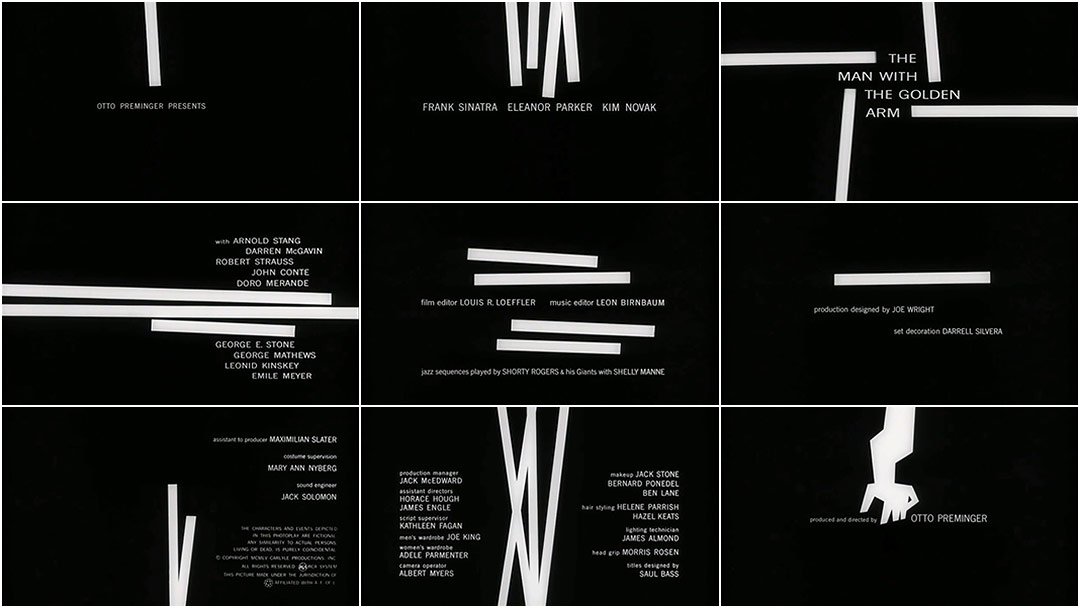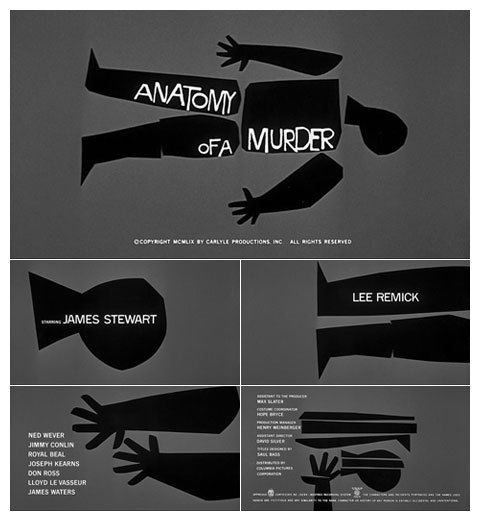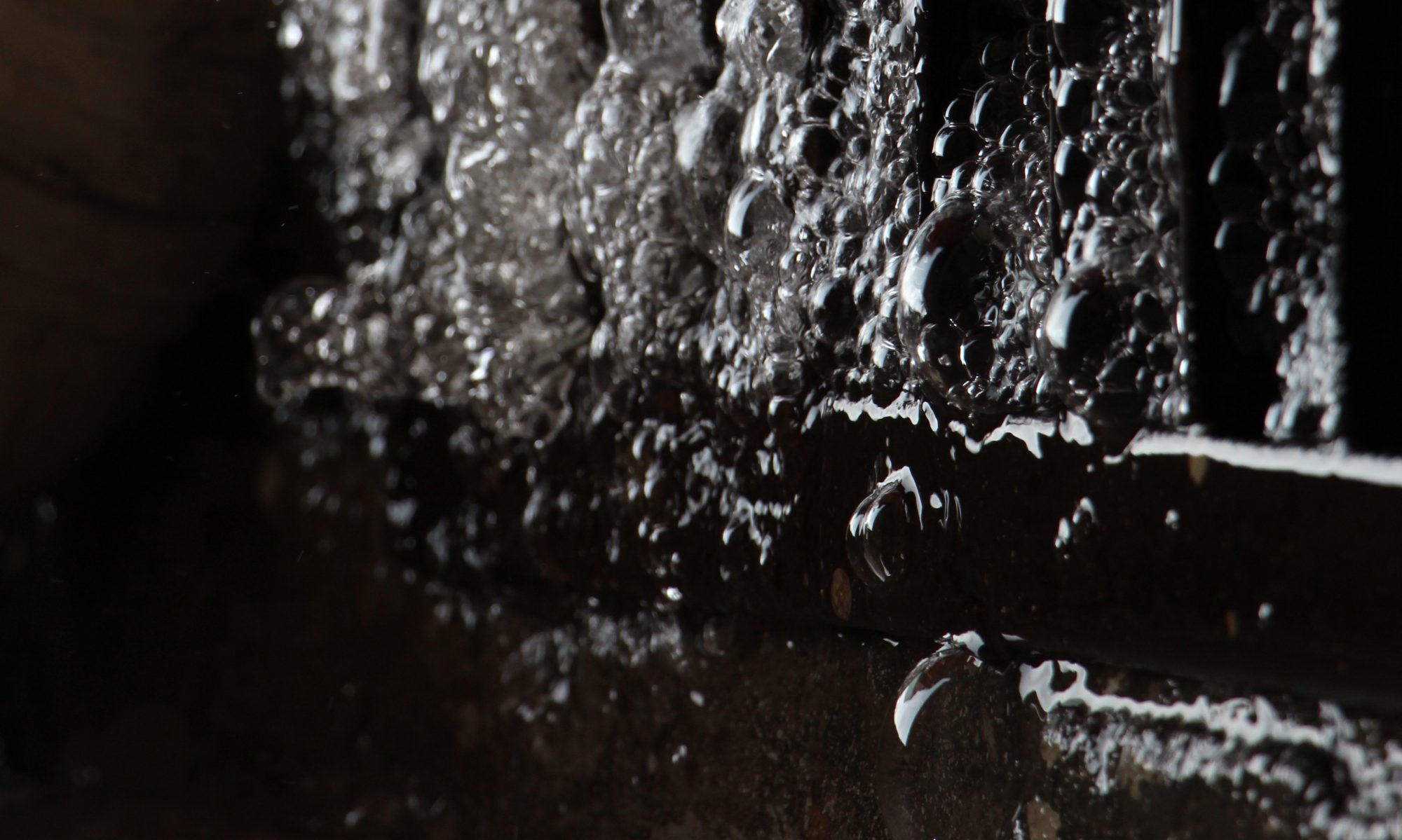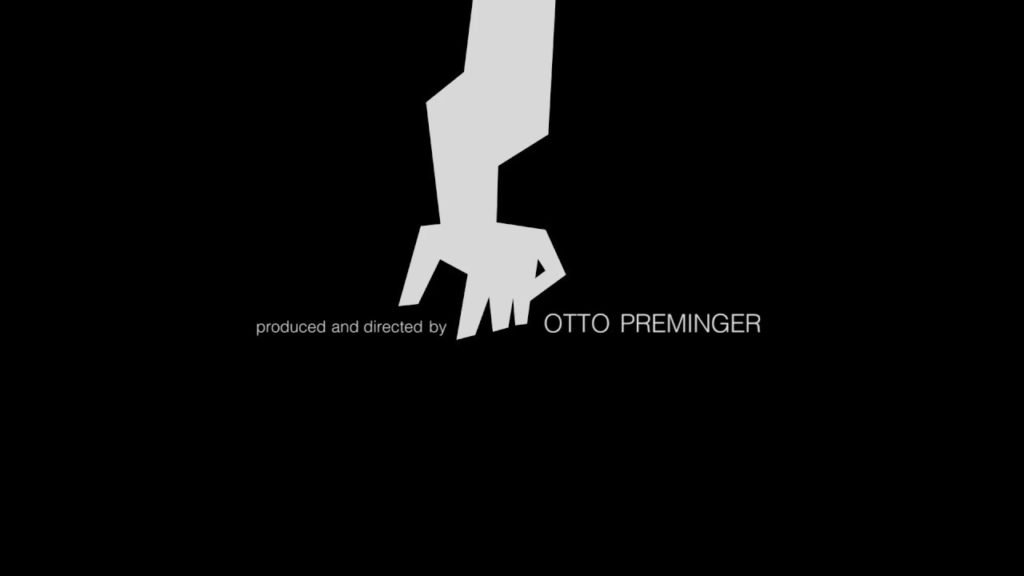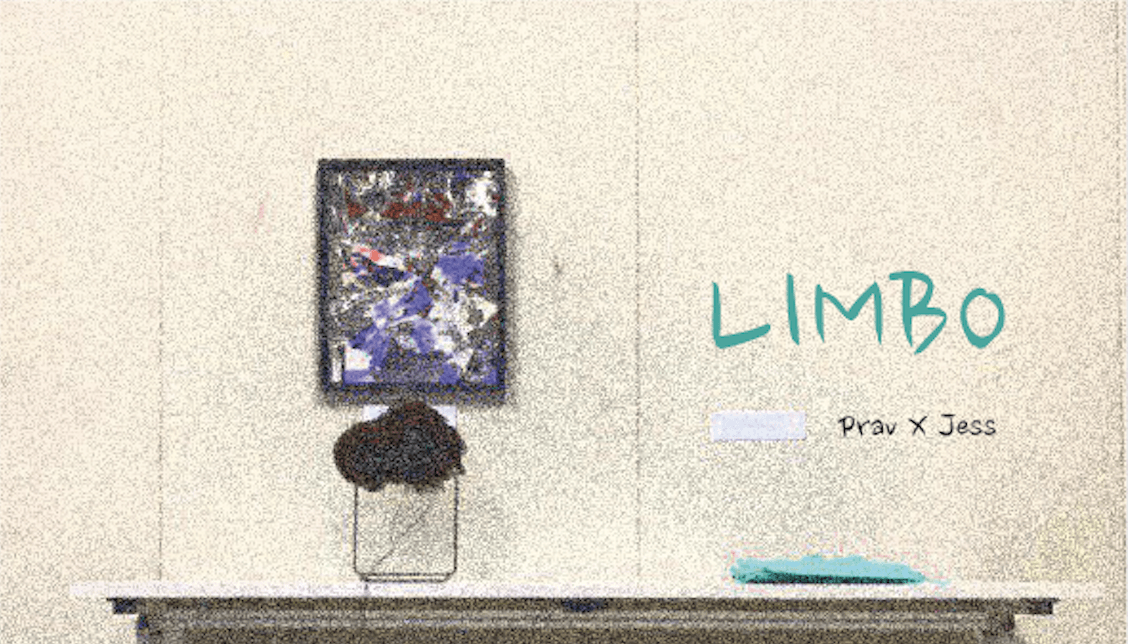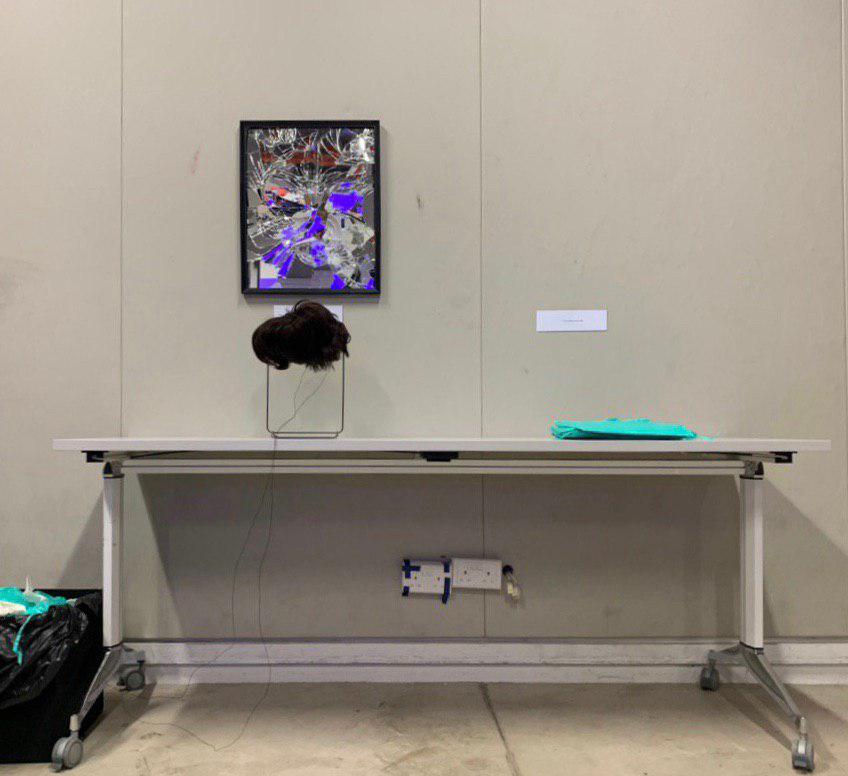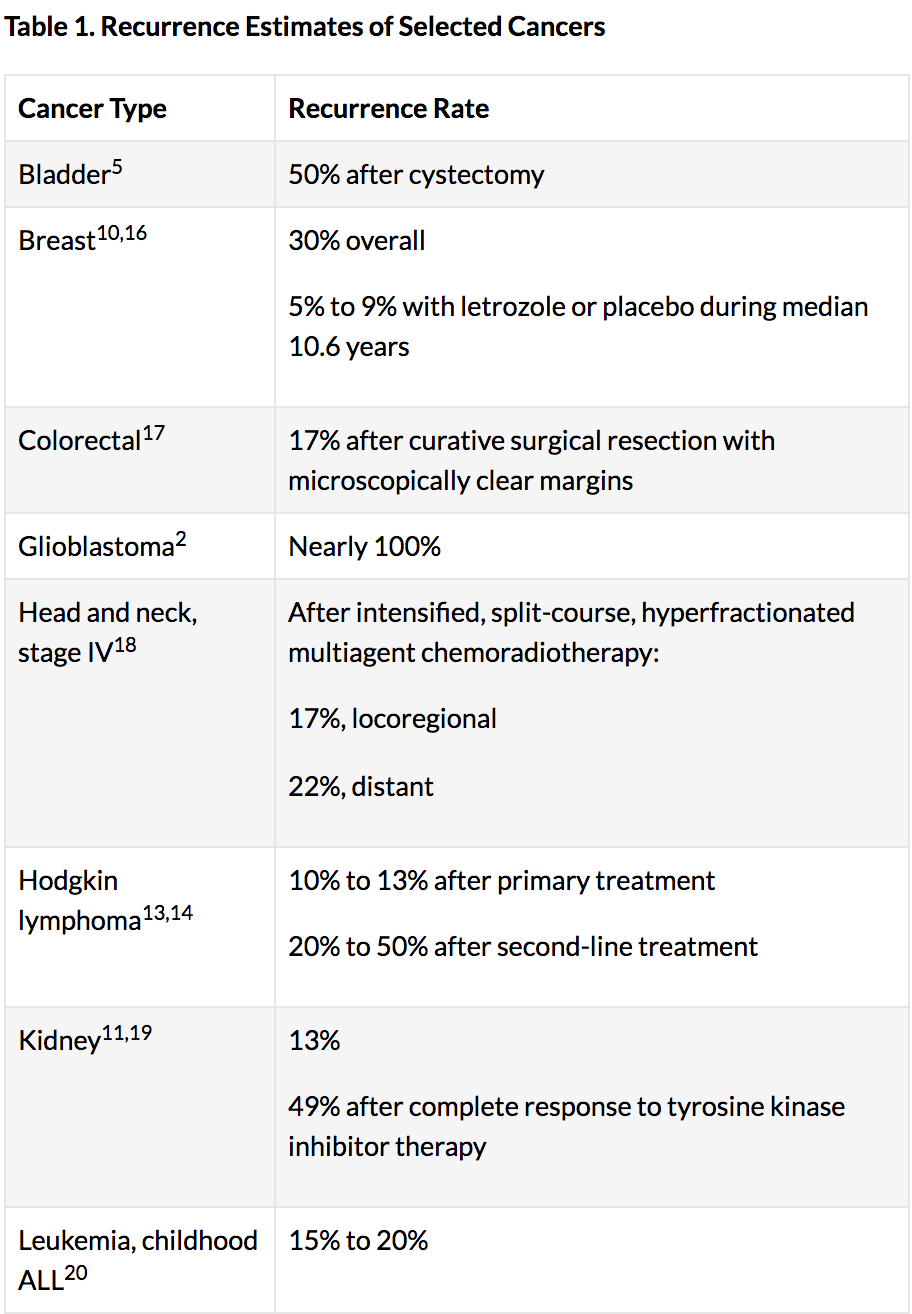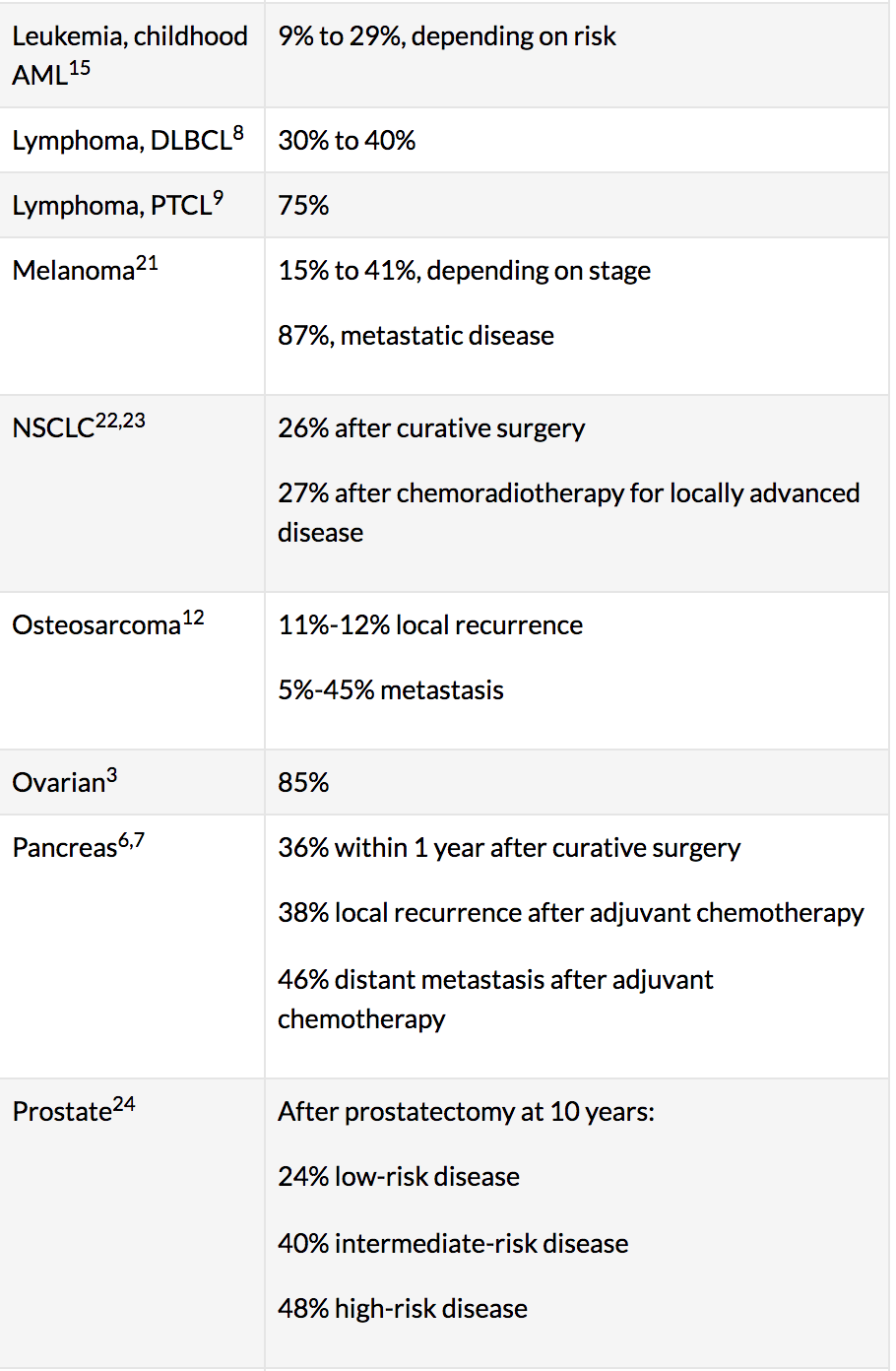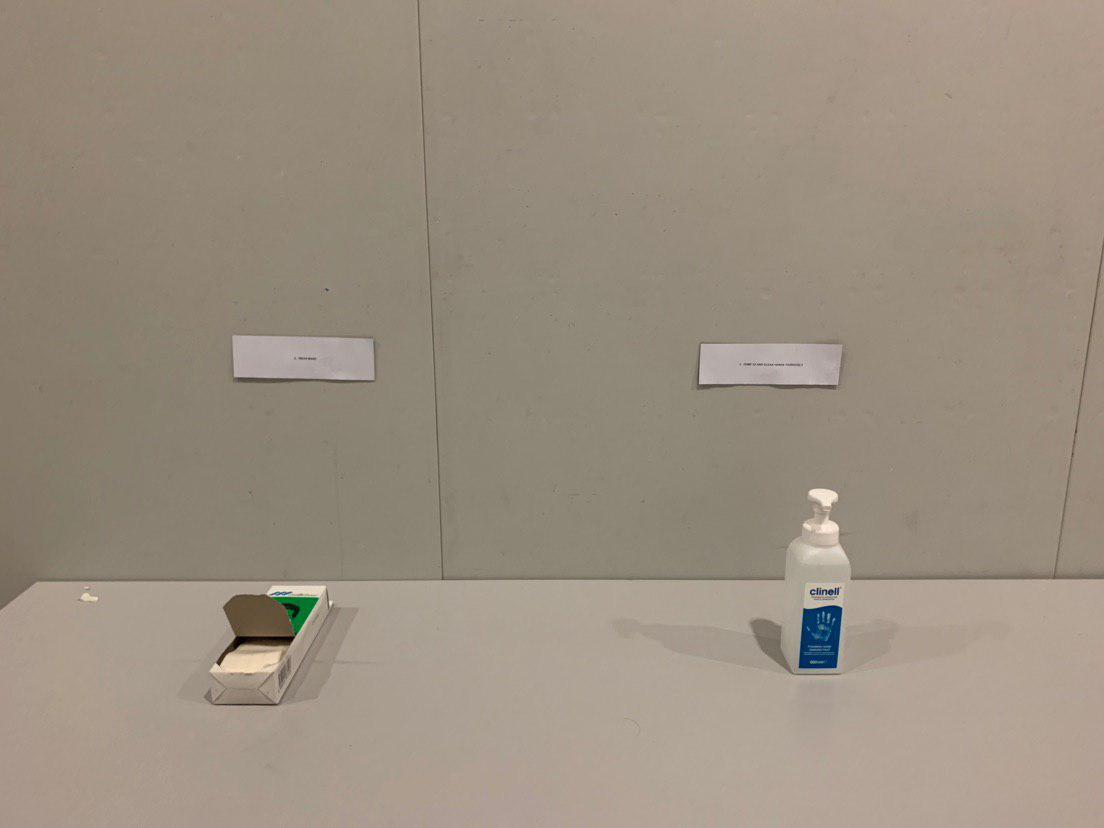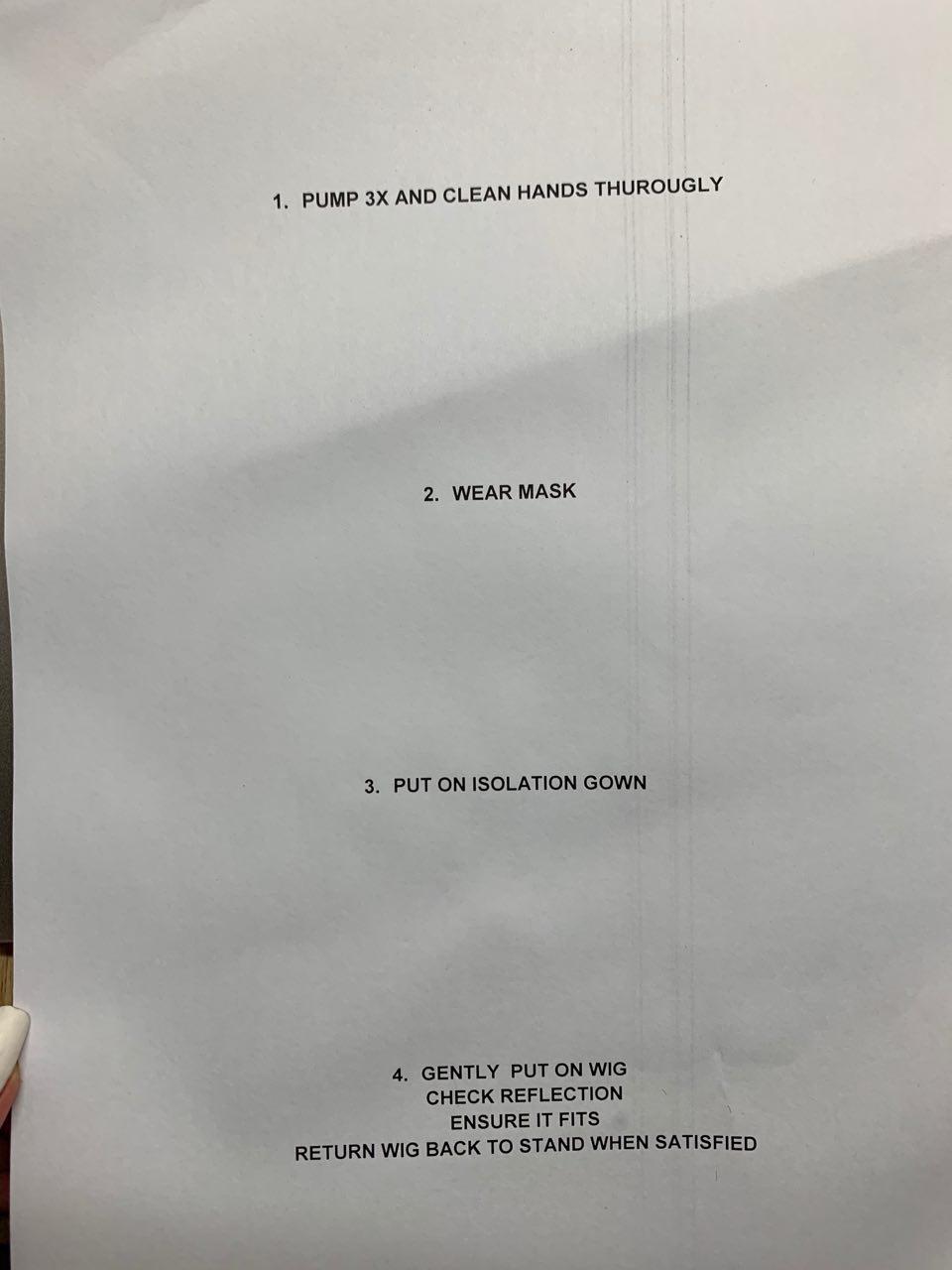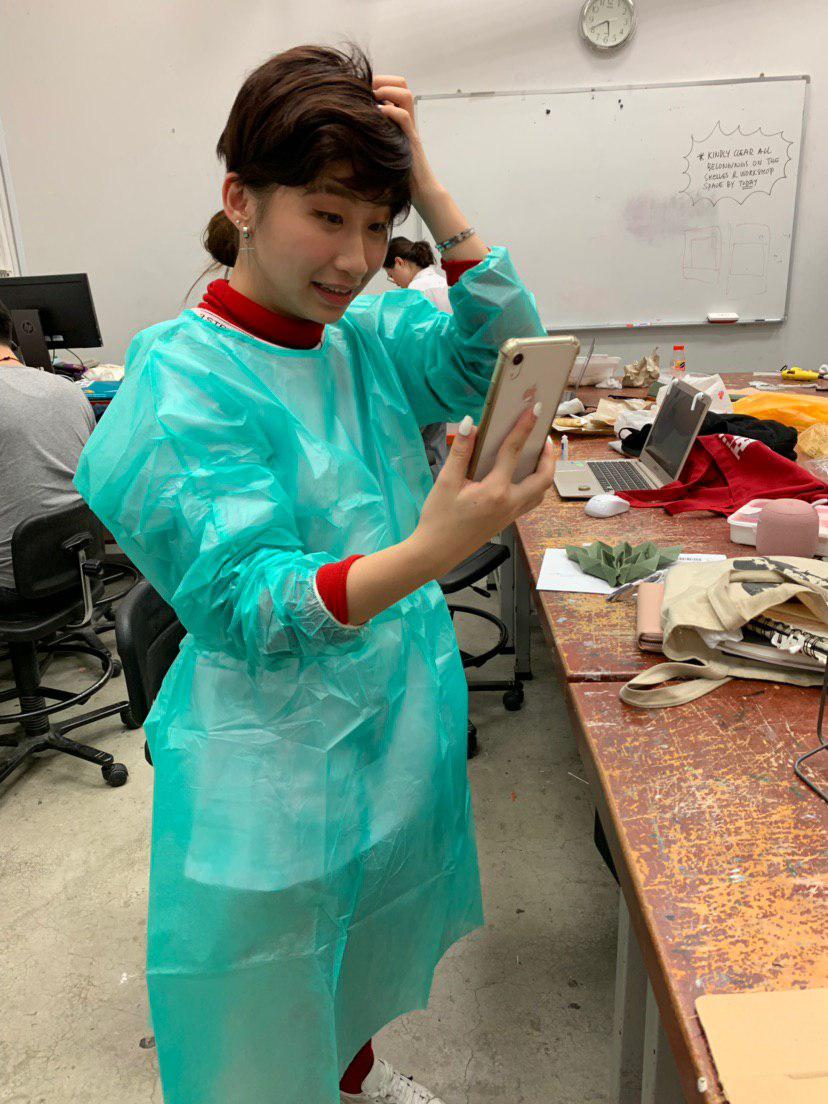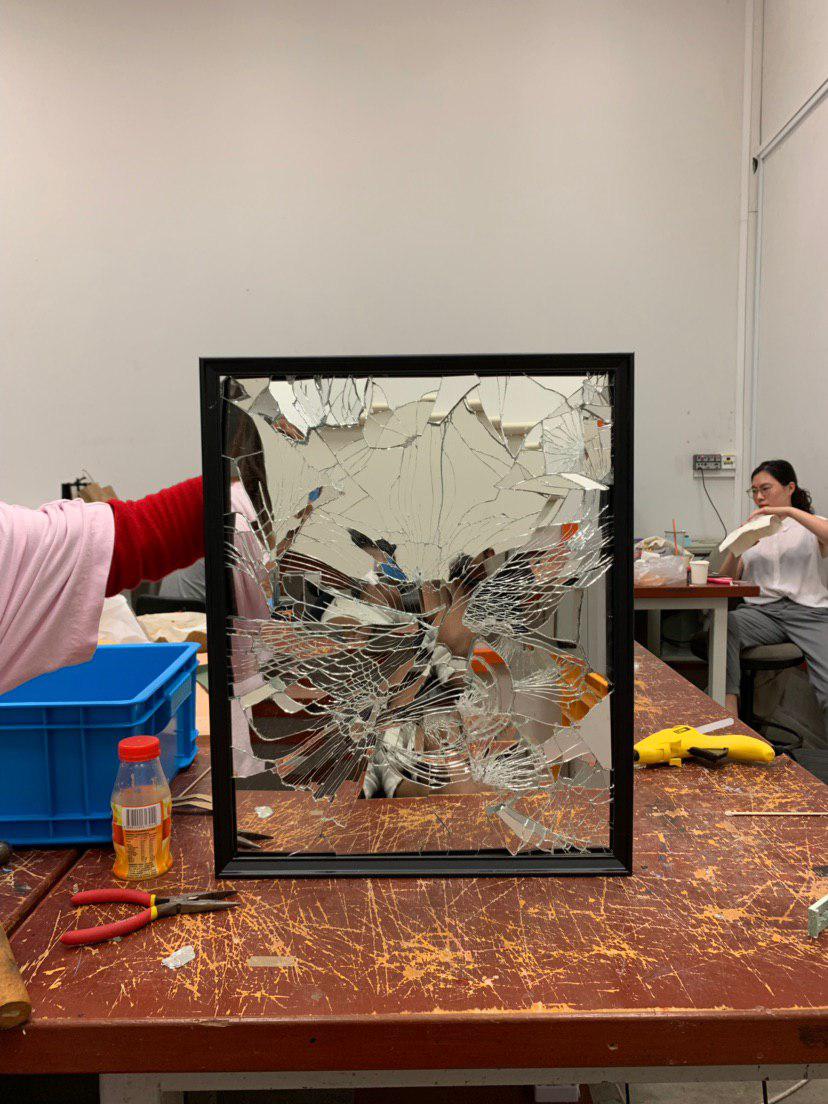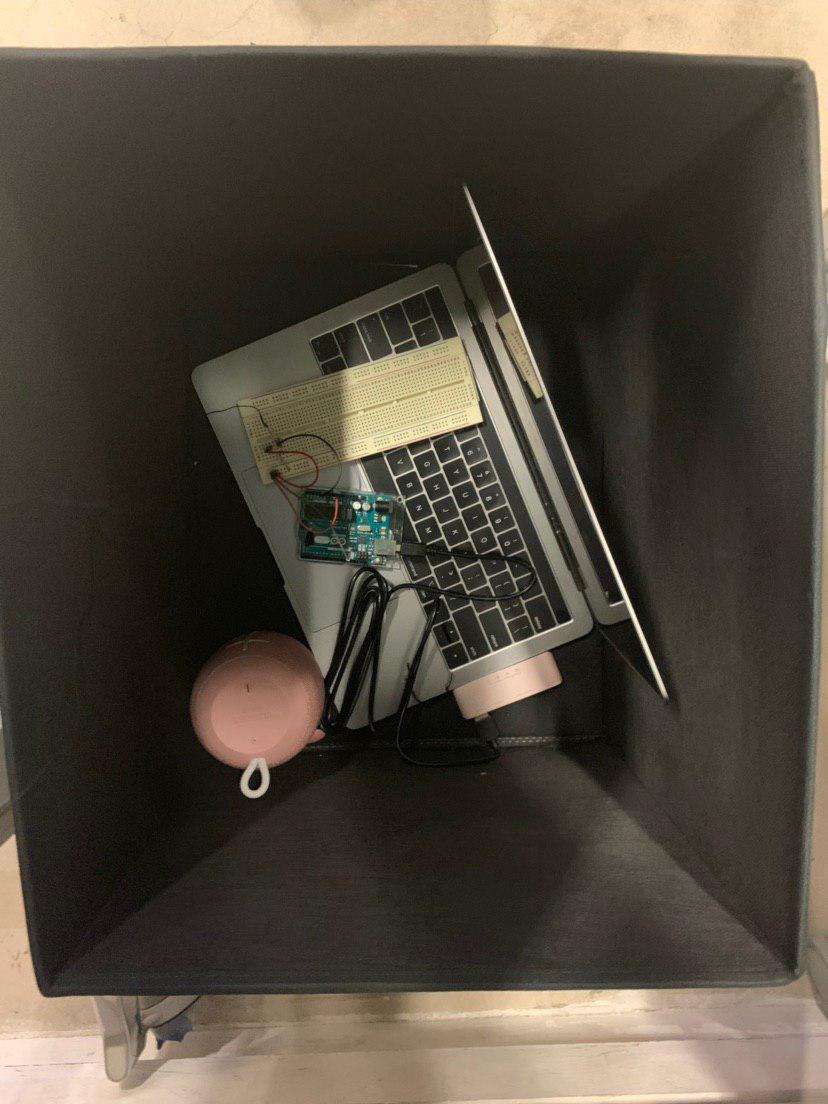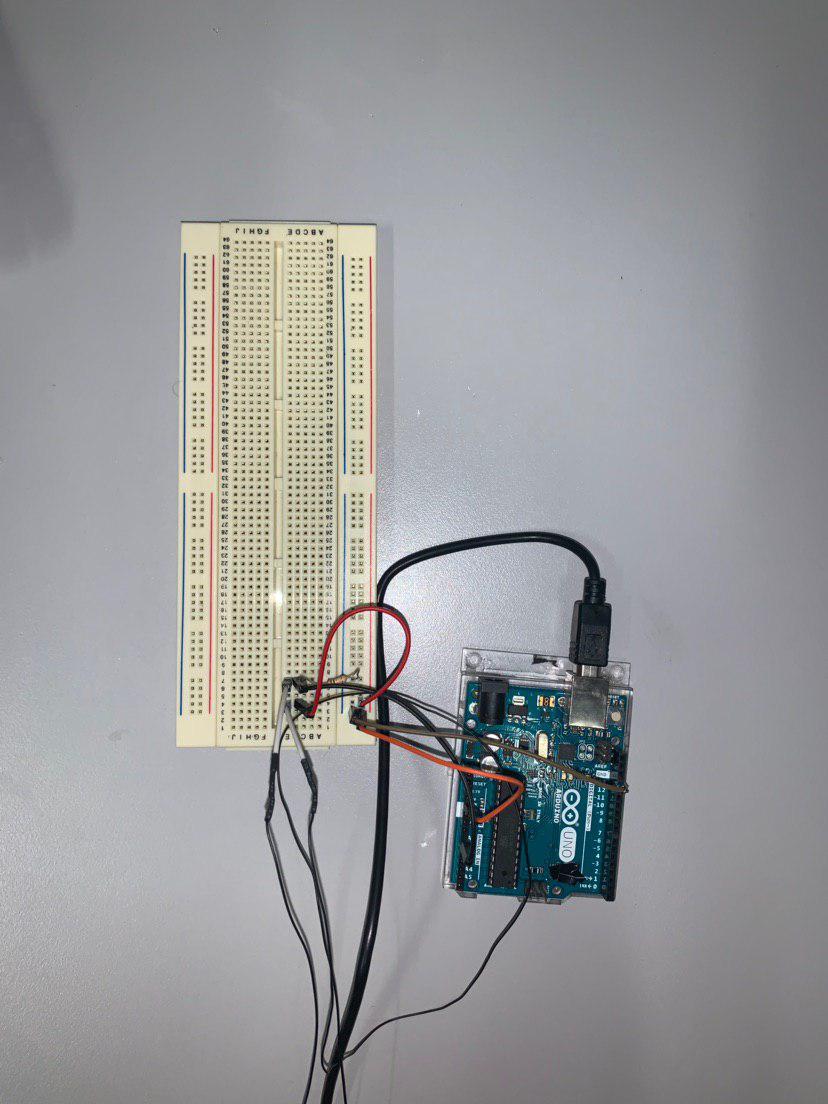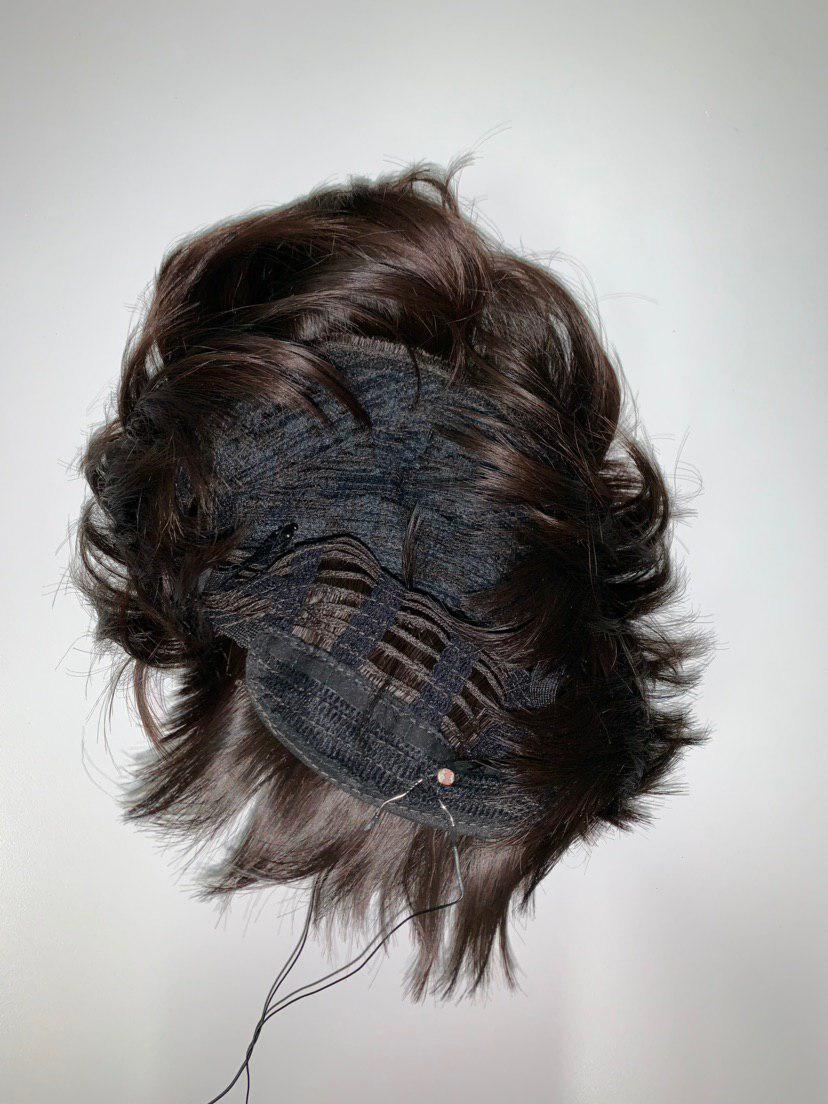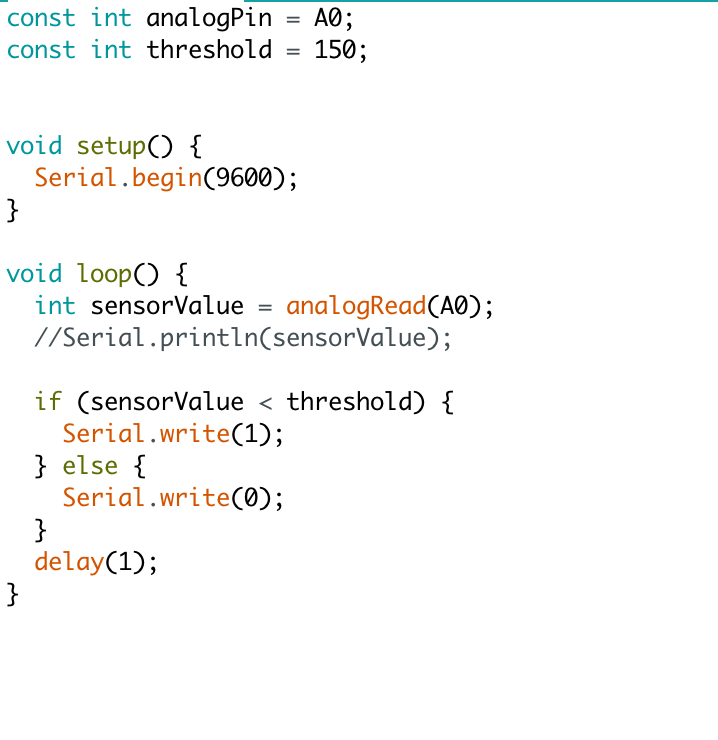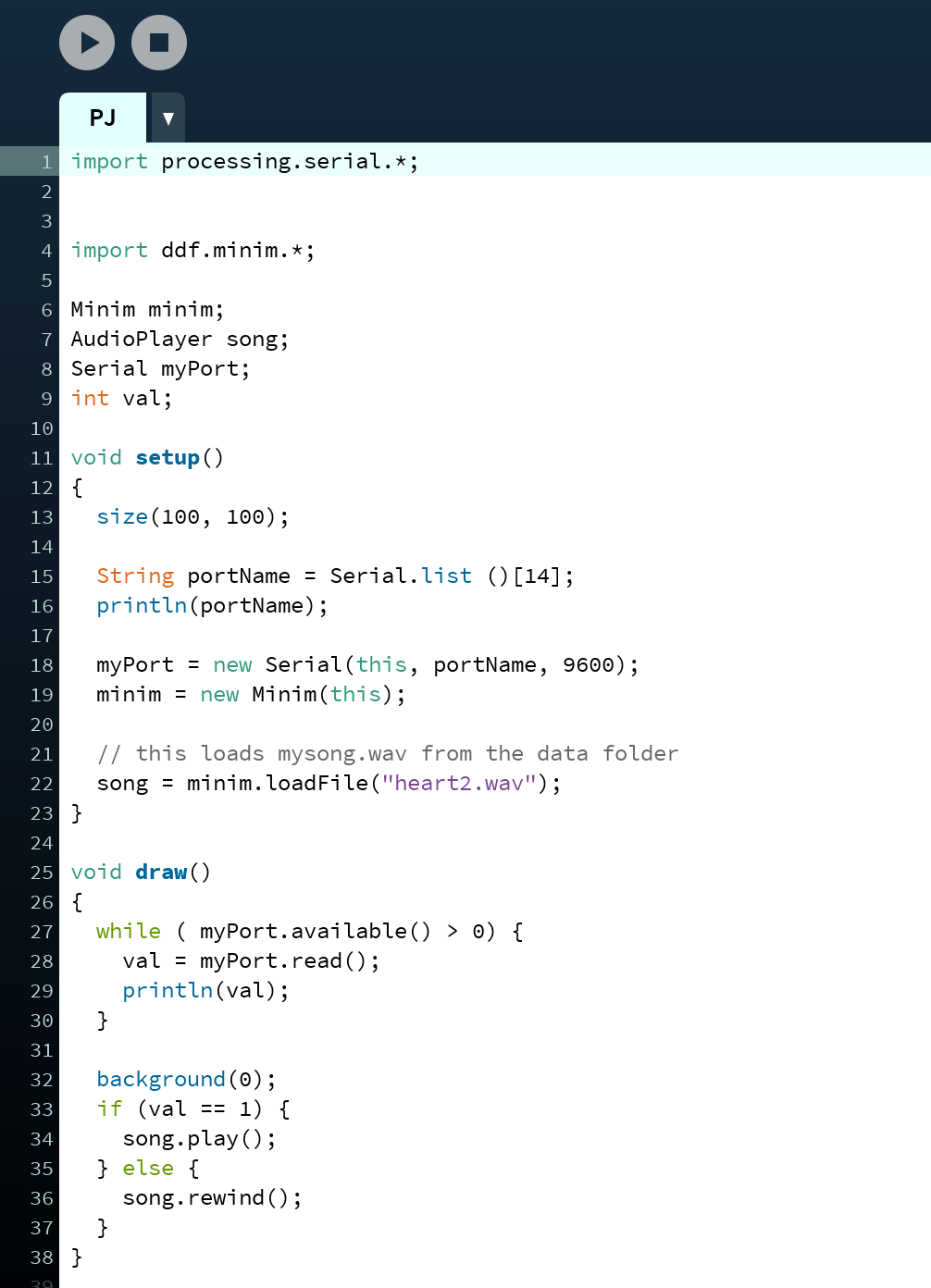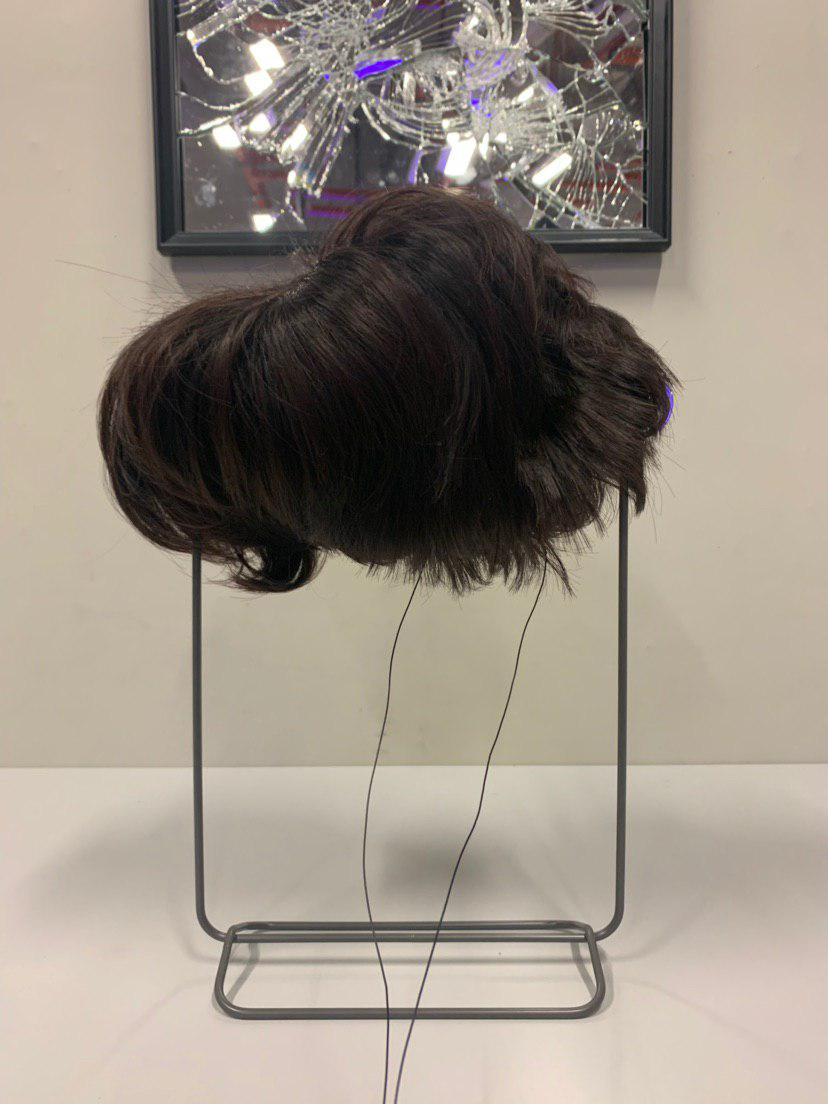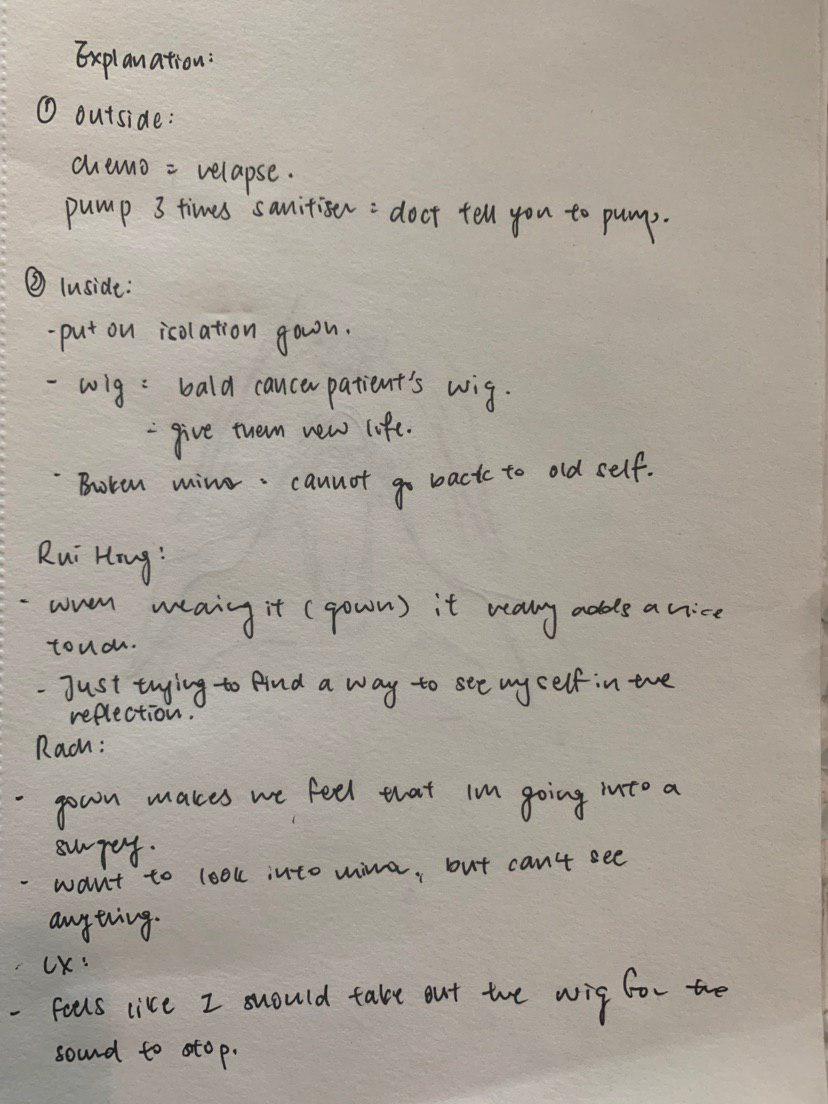Inspiration
In this project, I took the chance to take a step back and examine myself by dissecting memories and processing emotions and sensations from all kinds of experiences. As someone who has constantly believed in the depth and power of fleeting moments while recognising the temporal nature they possess, I have fervently tried to indulge in all shades and hues wherever possible. This desire over time, has resulted in me being permanently altered, both mentally and physically. As such, I decided to explore the theme of Distortion in my life, and the various forms it has taken and the types of changes and marks it has left behind. In terms of conveying this theme through technique, I chose to make intentionally manipulated close-up images in my work.

Component 1 : My BoDY
For the first component, I wanted to introduce myself through my Body as the subject matter. My choices in the past have left scars that I will carry with me for life. I used to cover them up or hide them for fear of letting myself be vulnerable and bare in the eyes’ of others. However, through the following images, I subvert the scrutiny people may impose on me by engaging with my body in a provocatively blunt manner in front of the camera lens.
Image 1

This is a close up shot of myself rubbing a stubbed out cigarette on burn scars on my forearm. These are permanent scars that pop out of my skin after I stubbed lit cigarettes on myself while I was at a party a few years ago. It is characteristic of a phase in my life where I was partying frequently and dabbling in pleasures without restrictions. In this image, I wanted to replicate the scene in which I burned myself while at the same time manipulating my forearm to look like a regular rough surface that someone is casually stubbing out their cigarette on. This gives off a sense of indifference, hence downplaying the sensitivity behind these marks, tricking the viewers into dismissing it as an ordinary phenomenon till they take a closer look.
IMage 2

This is a close up shot of my chest tattoo which I got for my closest friends two years ago. Friends and relationships are things I treasure more than anything else and this tattoo was a way for me to always remind myself of the important things in life I could come back to. The intentional distortion/blurring was achieved by placing a convex cap of a lube bottle in front of the lens. The blurring symbolises how my engagement in vices (symbolised through the idea of sex here, hence the lube) marred my judgments in the past . I wanted this image to show the struggle I faced being constantly torn between the ‘good’ and ‘bad’ choices I could make and also how despite this dilemma, the important things still cut through this chaos and kept me rooted deep down. Hence my tattoo here looks like a stubborn stain that just wouldn’t budge no matter how many times something has tried to rub it away. As a permanent alteration to my skin, it also was a self-made scar like my burns in Image 1 but in contrast was made with all the important things at the forefront of my mind. It is hence played at the top centre of my final layout to symbolise an overarching precedence over my other scars.
IMAGE 3

This is a close up shot of my left pupil, rolled back and behind a pill prescription zip lock bag pulled tight around my face. The distortion here was achieved through the uneven reflection of light off the creases on the plastic surface. When I was 17, I was diagnosed with PTSD and hence prescribed anti depressants to ‘suppress’ and ‘contain’ my mood. After two years of taking pills, I eventually decided to stop due to the side effects that came along with consuming it. Through this image I wanted to express the unease I felt during those two years. Anti Depressants made me feel like my mind was trapped in a bubble, detached and alienated from everything else around me. Hence I used the plastic to mimic that bubble, intentionally impeding the viewer’s clarity of my face. The eye rolled back is symbolic of the chemical imbalance pills cause in the brain. Though pupils only roll back with drugs like MDMA that causes a drastic increase in Serotonin (chemicals responsible for happiness) in your brain, I chose to exaggerate it in my shot in context of Anti Depressants (that increase Serotonin on a much milder level), to show that legal prescriptions and medicines can affect you as much as illegal shunned upon drugs, beyond the surface. The rolled back eye also prevents the viewer from making direct eye contact with me, making the alienation mutual.
Component 2 : My BLUE Bag
Context : For component two, I barely had to think twice about the object I wanted to show case. As a highly sentimental person, I have always held onto personal items that I grow to have a personal affinity with. Following through from Component 1, I chose an object of mine that was literally by my side almost everyday of those intense and significant years, my Blue Bag. It wasn’t particularly significant when I first got it, just an aesthetic birthday gift. I myself at that point in time wouldn’t have expected it to have grown to possess this much sentimentality. A silent bystander/observer that was always with me literally. At first I treated it like any other bag. However when I started noticing stains, discolouration and wear and tear on it which were obvious because the material was fabric and absorbent. It became an object that has been archiving physical remnants from my day to day experiences. All my moments were encapsulated in the skin of one bag. What makes it even more significant is the fact that I haven’t washed it a single time, though I’ve slept on it passed out outside bars, and on rooftops with ashes, dirt etc. Washing it would be choosing to wipe away my past clean. It is symbolic of this constant want to keep my past close even if suffocates or inhibits me because it is a part of me I want to remember.
Theme: To sum up the power of objects in my own words, I personally believe that, Inanimate objects that we keep close, acquire an increasingly domineering presence over time when we involve it in our personal and intimate experiences and constantly imbue it with feelings and attachments. Eventually we take a step back and realise that we’ve created something that feels like it almost has a soul of its own.

For the series of images in this component, I wanted to express how my Bag has the power to affect me as much as an animate object, by giving it this sense of being alive.
IMAGE 1

This is a close up shot of my bag straps (hands) clasped around my eyes. They act as a blindfold, and symbolise my refusing to let go of the past, preventing me from looking forward. However, I am not struggling or resisting as seen by the absence of straining in my face. This is synonymous with my willingness to let certain aspects of my past to have control over me. The texture of the fabric and the discolouration due to dirt is also captured in this image.
Image 2

This is a mid view shot of the mouth of my bag ‘swallowing’ my head. The bad experiences in my past are a burden I carry and they can be psychologically consuming and suffocating. Unlike in the first image, there is a sense of discomfort and resistance here as seen from the tense contours of my upper body muscles and my tightly clenched fist. This symbolises my constant struggle in trying to break from the grips of my own ghosts. Also in this image, the full form of the bag and the stains and discoloured patches on it are seen. It almost looks like an alien creature that has attached itself onto my head. The intentionally cantered angle through the tilt of the grid wall at the back emphasises the unstable psychological state represented here.
Image 3

This is a close up shot of my upper body of my bag straps (hands) tightened around my wrists like tentacles. The image is rotated to make it seem like my hands are crawling and clawing their way up to my throat. I wanted to make it seem like the control of my body has been hijacked by the influence of my bag, and hence my past, and also to show how negative experiences can have eventual built up physical repercussions too. The scar seen here is from a collarbone piercing I got, that eventually rejected and fell off leaving an over-healed wound behind. This symbolic of how certain things we have done can be buried deep in our minds but through one way or another they still leave their marks.
Component 3 : SHAW TOWERS OPEN CARPARK
For the third component, I chose Shaw Towers as my sentimental location. It was a place that I chanced upon while exploring Bugis and ever since, it has become my go to location whenever I needed to feel at ease. I decided to specifically focus on the open carpark on the 11th floor because I would head up there for a smoke with my close friends or partner while taking in the view of the skyline, streetlights and rhythmic lines of traffic from above. It became a refuge for me to gather and sort out my thoughts. Another significant aspect of Shaw Towers is the countless signs of age that are rampant throughout. These give the building a quaint atmosphere, making it stand out from most of the tall buildings within its vicinity. This idea of wear and tear is another form of Distortion, in line with my overarching theme. For this particular component I wanted to explore the beauty Distortion can produce by experimenting with close up shots and perspectives.
image 1

This is a close up shot of the neon sign on the main building. I framed it within the curved portion of a traffic light stand to make it look like an image off a convex mirror. The signs of wear and tear are obvious in this image through creases and cracks on the blue facade, the lines of black running down and the clearly untouched windows of the white portion behind. However all these distortions give this building’s facade a rustic beauty that can only be attained through time and it is this timeless quality I wanted to capture in this shot.
image 2

This is a close up shot of a water pipe attached to a drain in the carpark. When I took this shot, the main water tank had burst on that day, resulting in the excessive flow of water and foaming of bubbles from the pipe. I also rotated the image vertically from its original horizontal orientation to make the water seem like it was flowing upwards to emphasise the idea of distortion through perspective. The context of the destruction of the water tank is also significant because the aesthetic quality of the exaggerated bubbles and water flow would not have been possible if it was intact.
image 3

This image was created by taking a close up shot of part of a refracted glass panel that was attached to a stepped wall (shown below). I then manipulated the orientation of the image to make the edge of the wall and the glass seem like the corner of a room and a glass ceiling, respectively. The resulting image shows light being refracted through a ceiling and illuminating an enclosed, dark room with grimy and rough walls.

Reflection
Through this project I was also able to creatively explore and indirectly convey vulnerability, by incorporating my body, emotions and intimate experiences together with techniques such as intentional photo manipulation as part of my image making.
